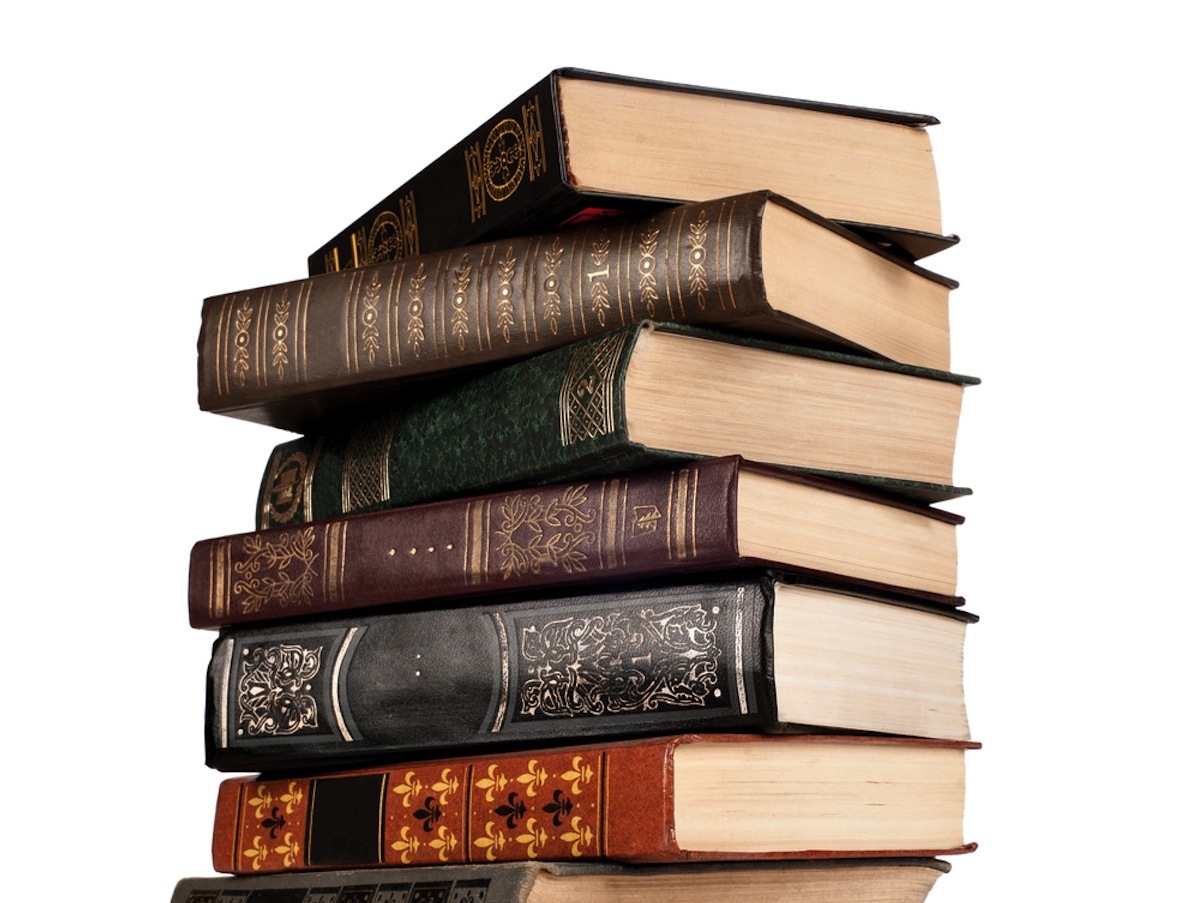The Local newsletter is your free, daily guide to life in Colorado. For locals, by locals.
Christian, Catholic, Baptist, Hindu, Jewish, Muslim, Buddhist—no matter their beliefs, every journalist has a bible. Even atheists. It’s called a style guide, a handbook that outlines preferred word choice, spelling, and punctuation for common writing conundrums. For example, do you use over or more than? (More than, usually) Gray vs. grey? (Gray, unless you still consider the U.S. a colony.) Use a serial comma: yes or no? (It depends).
Most magazines abide by either the 406-page AP Stylebook (no serial comma) or the 956-page Chicago Manual of Style (serial comma), but each publication also typically maintains a slim volume of terms particular to its region or the subject it covers.

Buried in that secondary volume are wisdoms about a city—the truths the visitors’ association can’t (or won’t) tell you. This is where you really learn what makes a place, for good, or ill, or just plain hilarious.
To wit: We’re pretty sure you won’t find fourteener (not 14er, not Fourteener), in any other city magazine’s style guide besides ours. Nor JonBenét, no space, don’t forget the accent; B-cycle; nor FlatIron (or Flatiron, depending on usage). Other revealing entries: cow town (n); cow-town (adj); steak house, two words; snowsports; backcountry; skincare; and Fire, capital “F”.
Similarly, Portland Monthly, the city magazine for Portland, Oregon, can lay claim to this emblematic collection of words: antiwar, chainsaw, graywater (household wastewater that doesn’t contain any, umm, fiber), greenwashing (spinning a product/practice/person as more environmentally friendly than it actually is), rain forest, riot grrrl (three r’s), Rust Belt, tree hugger, and zine. Dreadlock does not formally appear in the style guide, but only because everyone in Portland already knows it’s one word, no cap.
Milwaukee Magazine, on the other hand, owns Brew City, though there’s an upstart bar in Worchester, Massachusetts, trying to usurp the title. Then there’s Sconnie (as in Wisconnie or anything of, or related to, the Badger State, like brats, beers, and non-ironic handlebar mustaches), and Sausage Race (a race of mascots during the sixth inning of Brewers games). They’ve got to share bubbler a drinking fountain, with Portland, which calls out the Benson Bubblers, public fountains placed around the city by timber tycoon Simon Benson.
Down South (capital S), in the land of Garden & Gun, things get all kinds of crazy, what with fly fishing (two words, no hyphen), hoppin’ John (a classic New Year’s Eve dish made with black-eyed peas), meat-and-three, (a meal consisting of meat and three sides), cornbread (one word, not two as Webster’s would have you believe), jon boat (not johnboat—again, anti-Webster’s—but either way a flat-bottomed fishing boat), Lowcountry, and potlikker (the liquid that’s left after boiling collard greens or similar). Then again, in the land of Faulkner, fatback, and Deliverance, is any of that really surprising?
Other differences are subtler: farmers’ market (5280) versus farmers market (Portland Monthly) and, architecturally speaking, Arts and Crafts (5280) versus Arts & Crafts (PM). While we include an entry for the Pledge of Allegiance, Portland Monthly ignores it entirely in favor of a note about the Oath of Allegiance (the oath immigrants must swear in order to become U.S. citizens). We’ll let you come to your own conclusions about that difference.
But there’s one thing we can all agree on, regardless of region or religious beliefs: When that great big curtain in the sky drops on your life, you go toward the light, not towards it.
With special thanks to Portland Monthly’s Rachel Ritchie, Milwaukee Magazine’s Cristina Daglas, and Garden & Gun’s Marshall McKinney
Follow senior editor Kasey Cordell on Twitter (@KaseyCordell)
—Image courtesy of Shutterstock








